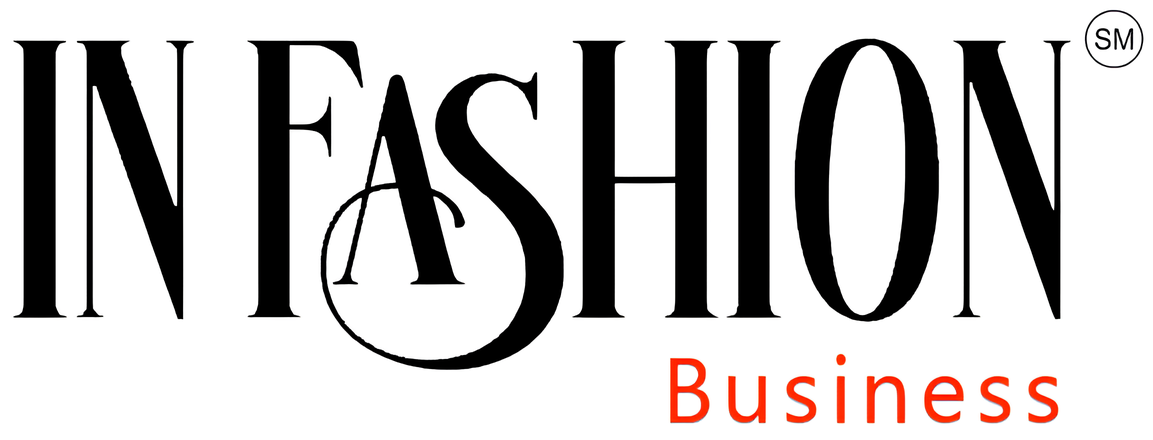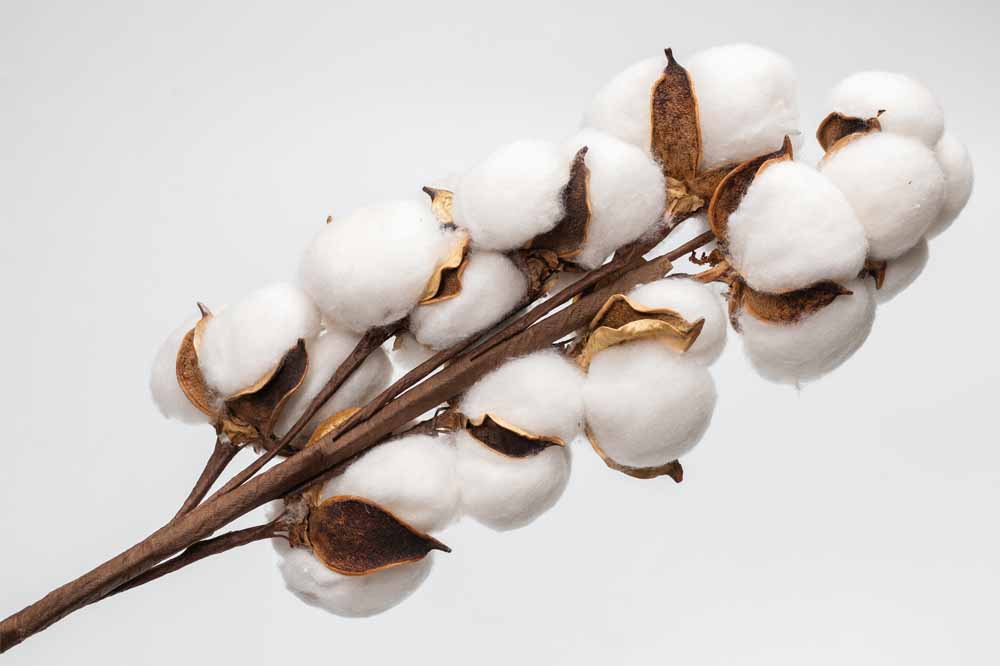COTTON IMPORT DUTY EXEMPTION AUGUST 19–SEPTEMBER 30 2025 CITI CHANDRIMA CHATTERJEE TEXTILE SECTOR U.S. TARIFF STOCK MARKET RALLY EXPORT COMPETITIVENESS INDIA–U.S. TRADE DOMESTIC PRODUCTION DEFICIT TEMPORARY RELIEF NATIONAL
NEW DELHI, INDIA
By IFAB MEDIA - NEWS BUREAU - August 19, 2025 | 399 4 minutes read
In a significant move to bolster the textile and garment sector, the Indian government has announced a temporary exemption of the 11% import duty and Agriculture Infrastructure and Development Cess (AIDC) on raw cotton. The waiver, effective from August 19 to September 30, 2025, aims to ease input cost pressures amid rising export tariffs and global competition.
Boost for Industry Competitiveness
The exemption has been welcomed as a much-needed reprieve for a sector grappling with steep tariffs, including a looming 50% U.S. duty set to incept later this month ReutersBusiness Standard. The Confederation of Indian Textile Industry (CITI) and other trade bodies have been vocal in advocating for such measures to align domestic cotton prices with international benchmarks.
CITI Secretary General Chandrima Chatterjee expressed appreciation for the government's intervention: “CITI has long been requesting that the import duty on cotton be removed to help domestic cotton prices align with international prices. We, therefore, greatly welcome this measure taken by the authorities, even though the relief is only available temporarily.”
Market Reaction & Export Outlook
The announcement sparked an immediate surge in textile stocks, with companies like Vardhman Textiles and Ambika Cotton Mills witnessing gains of up to 9%. Industry leaders anticipate that this policy could preserve ongoing export momentum, especially ahead of the festive season.
The move also makes India more competitive relative to regional peers—India now faces a 50% U.S. tariff compared to Bangladesh and Vietnam (20%), Indonesia and Cambodia (19%), and China (30%) .
Strategic and Trade Implications
Observers view the move as a calculated gesture amid strained India–U.S. trade dynamics. Industry experts suggest it may serve both to soothe export-related cost pressures and signal flexibility in trade negotiations.
Meanwhile, India’s domestic cotton production continues to decline, contributing to a rising deficit, with the country turning increasingly toward imports to meet demand.
What Lies Ahead
While the exemption provides immediate relief, stakeholders are hopeful for an extension beyond September. The textile sector is watching closely, as sustained support could be critical in ensuring long-term competitiveness and retention of global market share.









